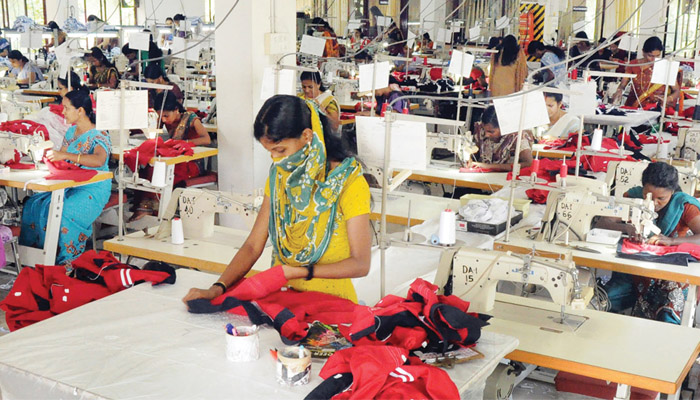
India's textile sector, has hit a rough patch in recent months. While there are bright spots, overall exports have declined. And the slump is being felt across sectors.
An analysis of the Ministry of Commerce data reveals a 4.2 per cent year-on-year decline in textile exports for the first 11 months of FY24 (April 2023-February 2024). This translates to $30.96 billion compared to $32.33 billion in the corresponding period of the previous year.
A decline across sectors
Ready-made garments: Exports dipped from $14.73 billion to $13.05 billion.
Jute: Exports declined from $400 million to $310 million.
Yarn (excluding apparel): Exports fell from $4.47 billion to $4.23 billion.
Several factors have contributed to the current situation one major one is the global economic slowdown asweakening economies in major destinations like the EU, US, and West Asia have dampened demand for Indian textiles. Then there were geopolitical tensions. The ongoing war in Ukraine and its ripple effects have disrupted global supply chains and impacted consumer confidence.The increase in cotton and other raw material prices too has squeezed margins for exporters.
Meanwhile, the dynamics between cotton and synthetic textiles are interesting. While cotton exports have witnessed a slight decline, synthetics have fared worse. This could be due to:
Shifting consumer preferences: A growing demand for sustainable and eco-friendly clothing might be pushing consumers towards natural fibers like cotton.
Price fluctuations: Greater volatility in synthetic fiber prices compared to cotton might be making them less attractive to manufacturers.
However, the decline in exports is not uniform across destinations. For example, the slowdown in major markets like the US and Europe significantly impacts overall export figures. And similar economic woes in West Asian region have also contributed to the decline. However, countries in Southeast Asia and Africa might offer some opportunities for export diversification.
Competition heats up
India faces stiff competition from other textile-producing nations like:
Vietnam: Emerging as a strong competitor with lower labor costs and government support.
Bangladesh: Another major player with a focus on cost-effectiveness. China: The global leader, though facing challenges due to rising domestic wages.
To move ahead the Indian textile industry needs to adapt to navigate these challenges. Here are some potential solutions:
Focus on high-value segments: Shifting focus to niche markets and premium products could help improve margins.
Diversification of export markets: Exploring new markets in Southeast Asia and Africa can help reduce dependence on traditional destinations.
Technological advancements: Embracing automation and digitalization can improve efficiency and competitiveness. While the near future might be challenging, India's textile sector has a strong track record of resilience. By addressing these issues and embracing innovation, the industry can bounce back and reclaim its position as a global leader.












